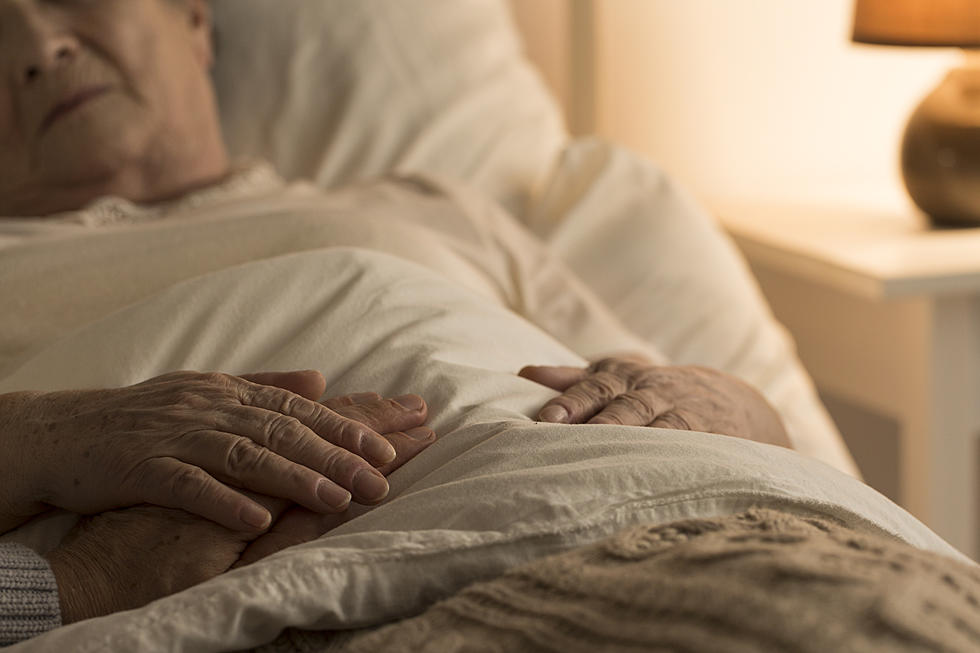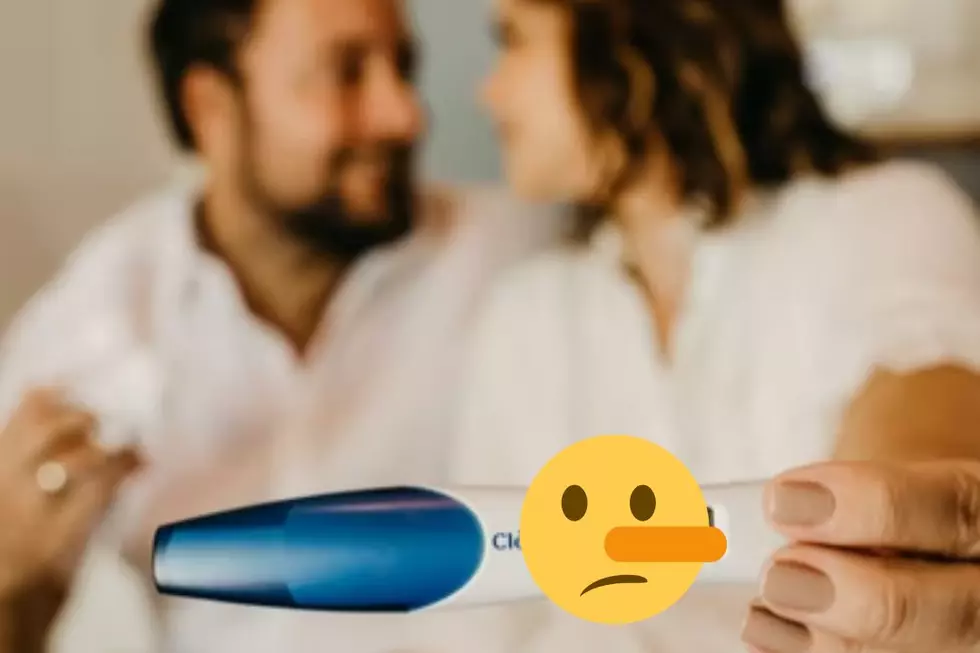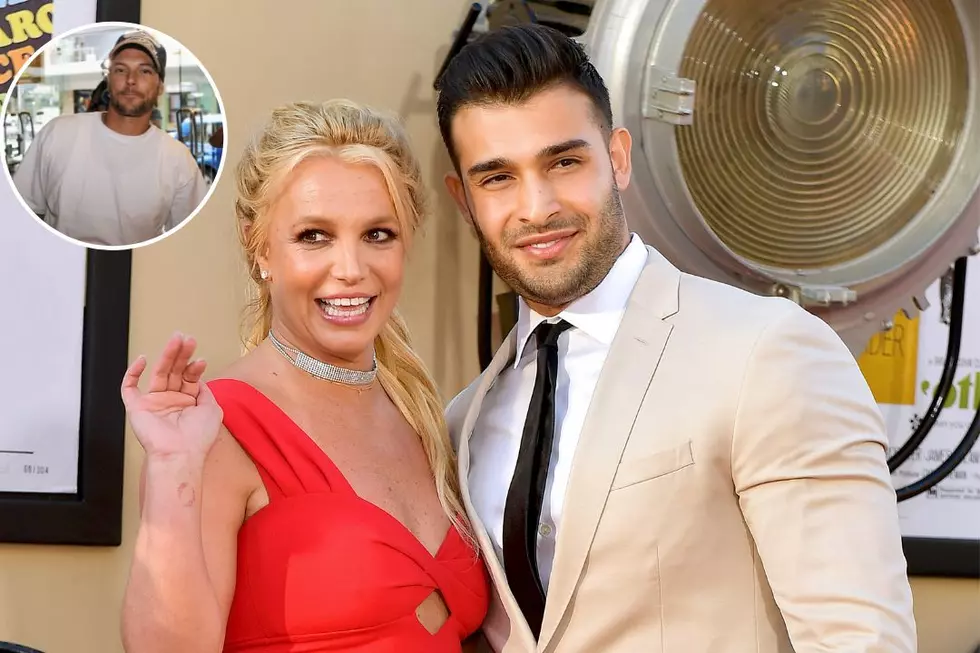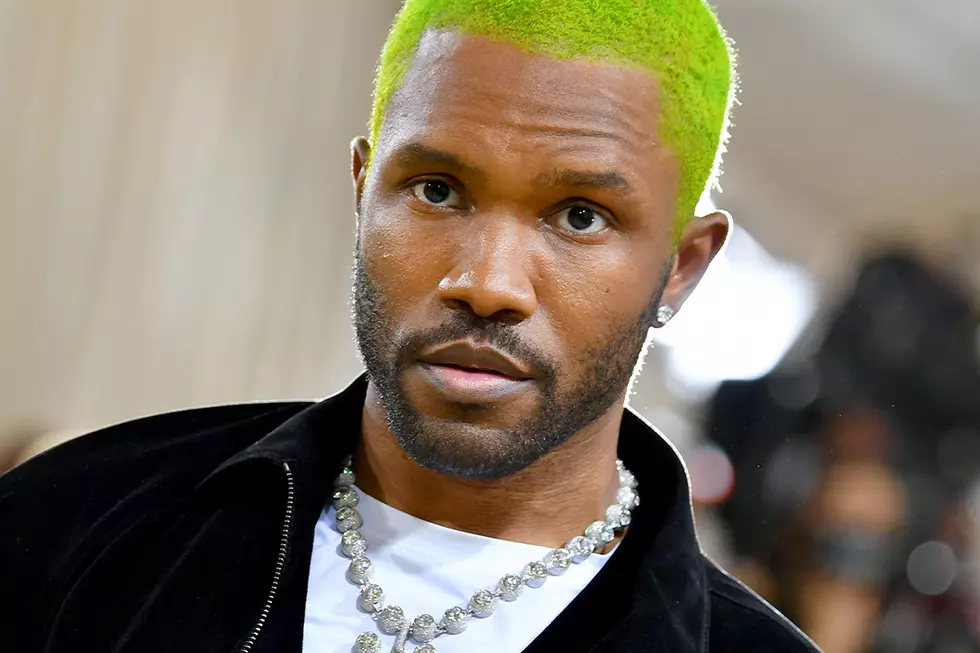
‘Assisted suicide’ deaths in NJ: What do the numbers tell us about recent law?
The medical aid in dying law has been passed in 10 states, including New Jersey, which allows physicians to prescribe medications that will end a patient’s life if they meet certain criteria.
While the criteria may differ from state to state, it generally refers to those who have less than six months to live and are of sound mind, meaning they can make this medical decision on their own.
Nearly 5,400 terminally ill people in the U.S. have used medical aid in dying laws to obtain prescription drugs to end their lives, according to Elissa Kozlov, assistant professor at the Rutgers School of Public Health, and lead author of this first-of-its-kind study.
What did the report find?
The point of this study was to not look at things state by state, Kozlov said. It was to aggregate it and get a sense of things for the whole country because the state-by-state reports do an adequate job of breaking data down. However, no one has been looking at the data nationally, she added.
“When looking at the national data, we’re seeing that overwhelmingly the population who is pursuing medical aid in dying are non-Hispanic, white individuals with at least some college education and a cancer diagnosis,” Kozlov said.
Over the last 23 years, about 70% of the people who used the law to die were diagnosed with cancer. About 96% were white, typically in their mid-70s, and most of them had a college education, according to the Journal of the American Geriatrics Society.
The data beforehand looked at certain states like Oregon and Washington, but she said nobody looked at every state. That’s why it is important to look at states like New Jersey, California, and Hawaii. They are some of the most diverse states in the country and even adding those states in, the demographic characteristics are not changing that much as to which populations are using medical aid in dying.
What is the medical aid in dying stats in New Jersey?
The medical aid in dying law took effect in New Jersey in August 2019. State health department data revealed that 95 New Jerseyans have used the law since it took effect.
Of the 50 people who died in 2021, 70% had a cancer diagnosis, 70% went to college, and 94% were white.
In 2020, the New Jersey Department of Health data revealed that 33 medical aid in dying cases were filed with the Office of the Chief Medical Examiner.
In 2019, 12 New Jerseyans died using the medical aid in dying option.
New Jersey continues to follow the same demographic trajectories as the rest of the country. In 2020, 94% of the people who pursued medical aid in dying were white, 64% were female, the mean age was 72 and the median age was 63. The majority also had some college education, she added. Also, 73% of the people who pursued the law in New Jersey in 2020 had a primary diagnosis of cancer.
What is important to understand?
Kozlov said understanding the characteristics of the people who use the law is important because it raises the question of whether this option is broadly available.
“When a law is written, especially when it pertains to health care, we want to make sure it is being enacted in a way that is equitable and that allows equal access to the new procedures of health care being offered,” she said.
Researchers don’t know why the law is being used primarily by non-Hispanic, white individuals with at least some college education and a cancer diagnosis, she said.
“Is this representing a patient’s preference, a cultural preference?” she asked. “Was the law perhaps written in a way that makes it harder to access for people from different backgrounds?”
She said the point of the paper is to do more research to find out why this very specific demographic seems to be overwhelmingly the population who is using the new aid in dying law.
What is the cost of the medical aid in dying option?
Because there is no national medical aid in dying law, Medicare will not cover these expenses, and neither will veterans affairs insurance. Very few private insurers will cover this. Therefore, many times the process has to be paid for out-of-pocket and prescription medications for medical aid in dying can be extremely expensive, costing thousands, Kozlov said.
These out-of-pocket costs have risen dramatically over the past few years. Some drugs lack generic alternatives. It varies from state to state and pharmacy-to-pharmacy but the cost of the meds is definitely in the thousands.
The report highlighted that the majority of people who pursued medical aid in dying were already being treated by palliative care or hospice care so they were already getting comprehensive end-of-life care, Kozlov said.
“It seems like perhaps palliative care and hospice care may be somewhat of a gatekeeper to medical aid in dying given how many of the national data reports showed that people were already on palliative care or hospice care,” she said.
This is important to highlight, she added, because getting access to palliative care can be challenging. Medical aid in dying is one of many end-of-life care options. The palliative care and hospice network is one important tool to help people think about what they might need and want at end of life.
“There are a lot of steps to pursuing medical aid in dying and it requires quite of bit of resources, not just financial. You have to be able to drive around, be able to navigate the health care system which could be challenging. So, there are a lot of things built in that might be contributing to the demographic disparities that we’re seeing. But, we don’t know if that’s what’s driving it or is really a cultural preference for or against medical aid in dying,” Kozlov said.
Besides New Jersey, states like Oregon, Washington, California, Colorado, Hawaii, Maine, Montana, New Mexico, Vermont, and Washington D.C. have aid in dying laws.
Jen Ursillo is a reporter and anchor for New Jersey 101.5. You can reach her at jennifer.ursillo@townsquaremedia.com
Click here to contact an editor about feedback or a correction for this story.
LOOK: Baby names that are illegal around the world
More From 94.5 PST










